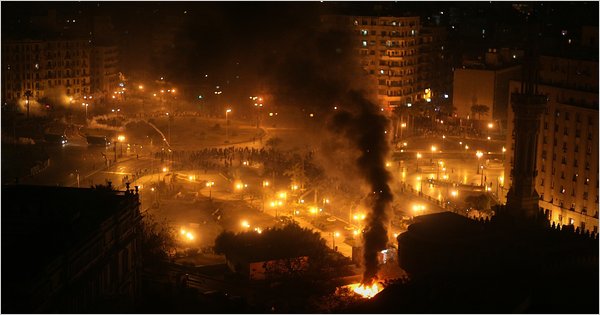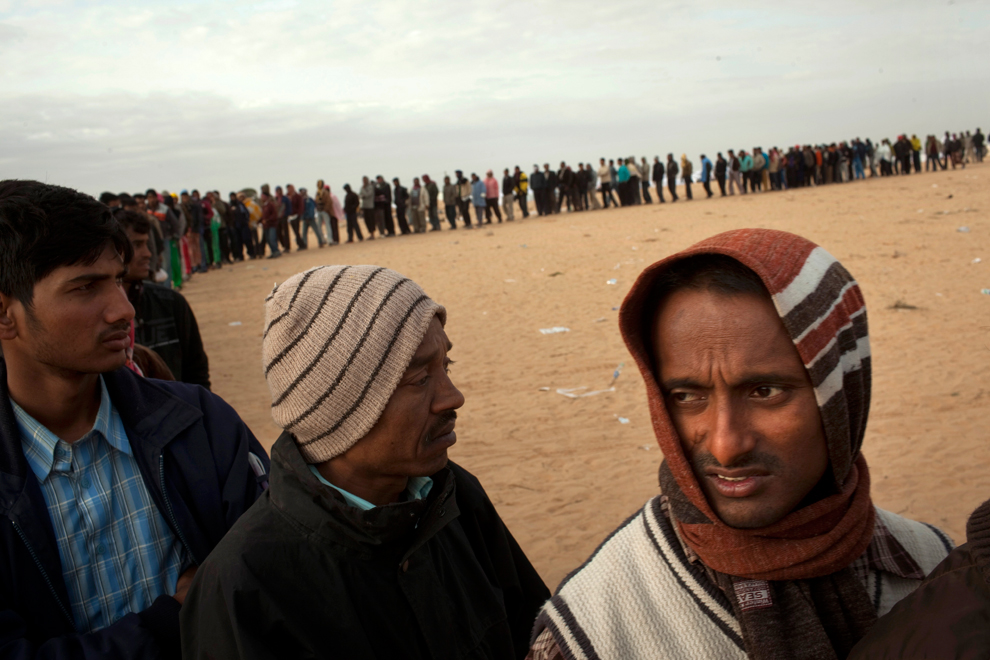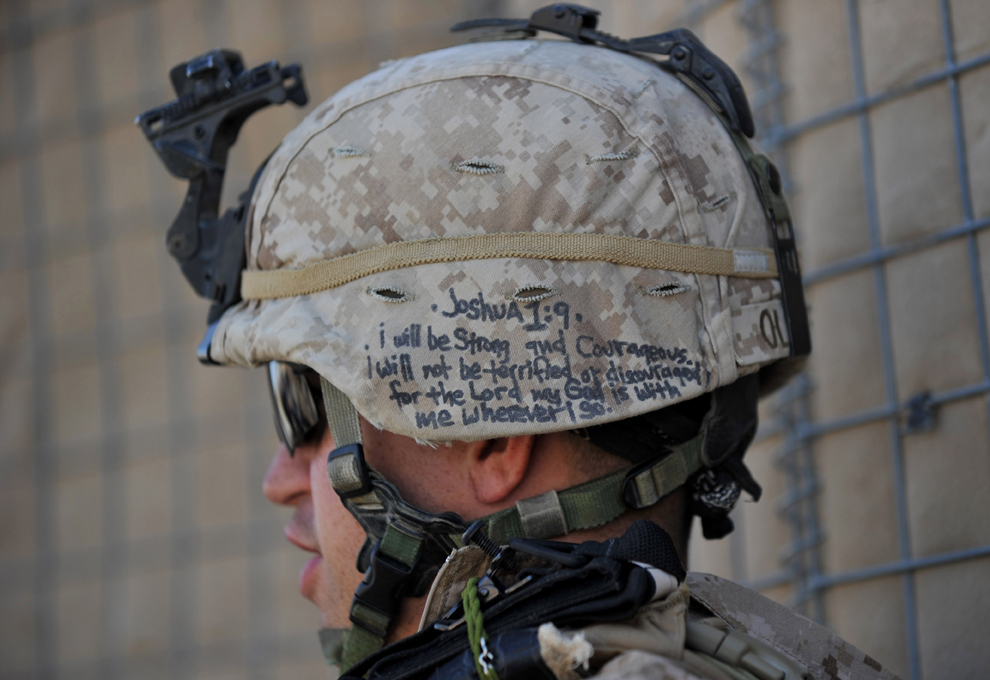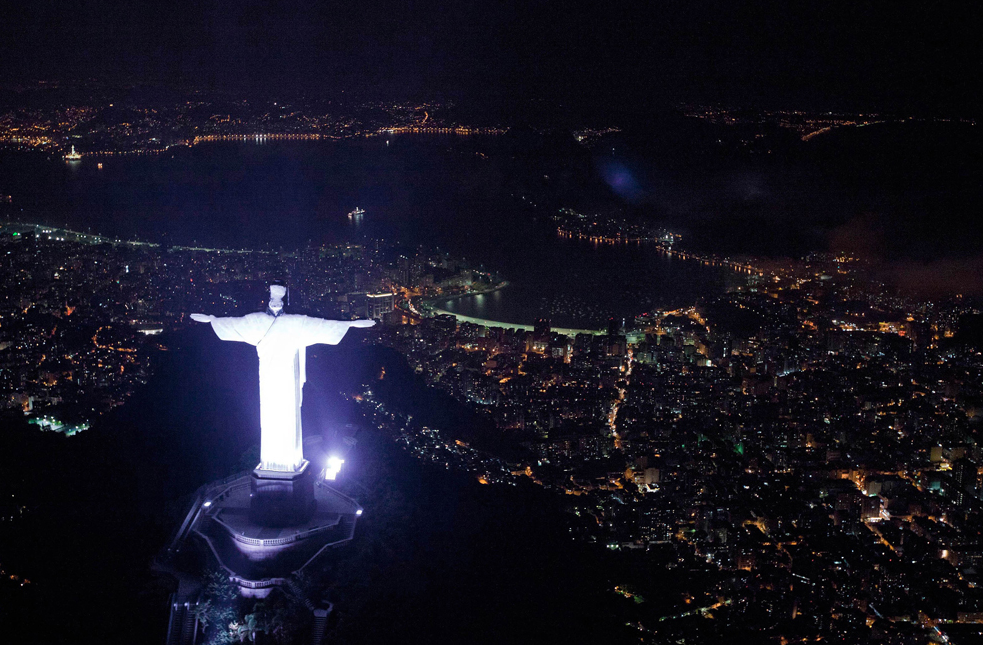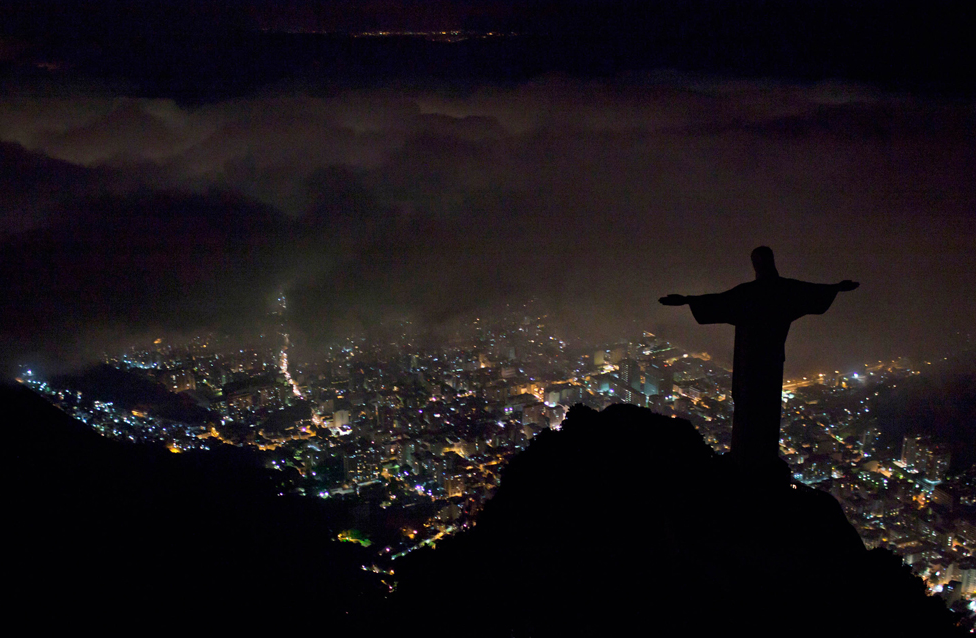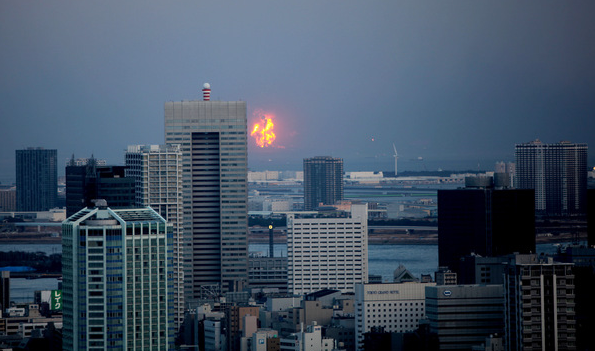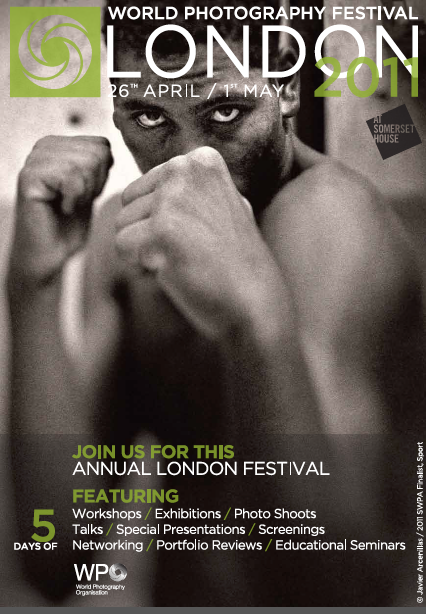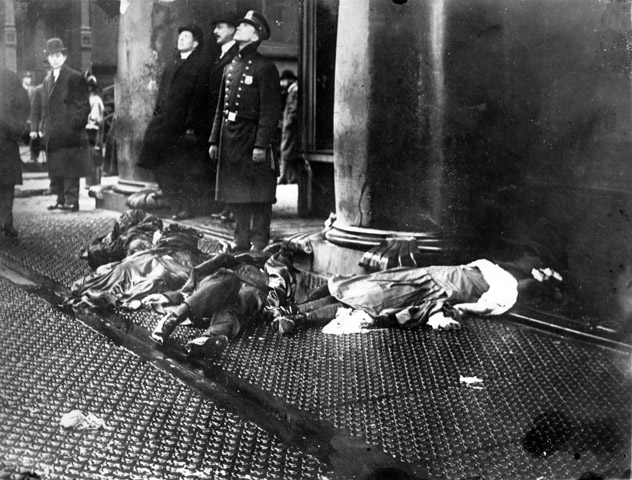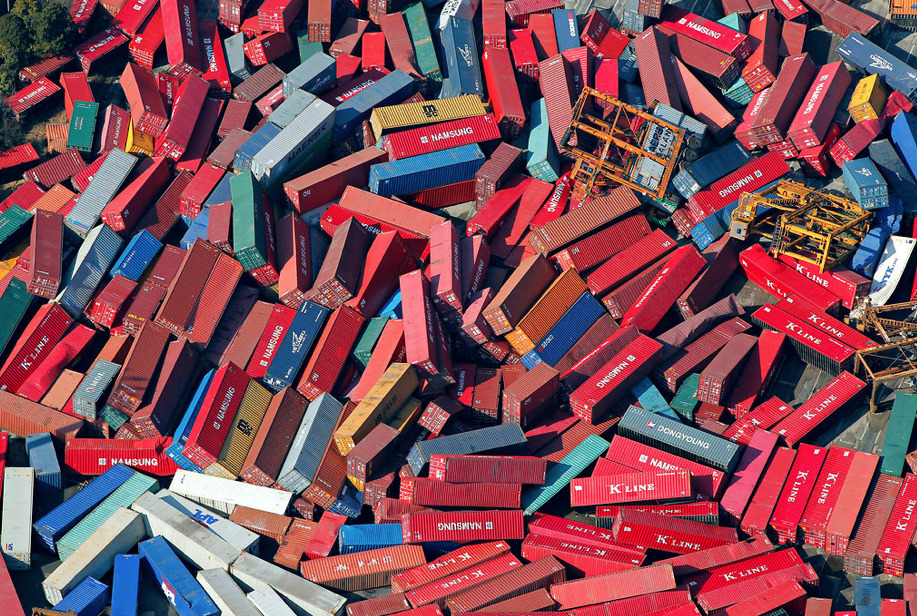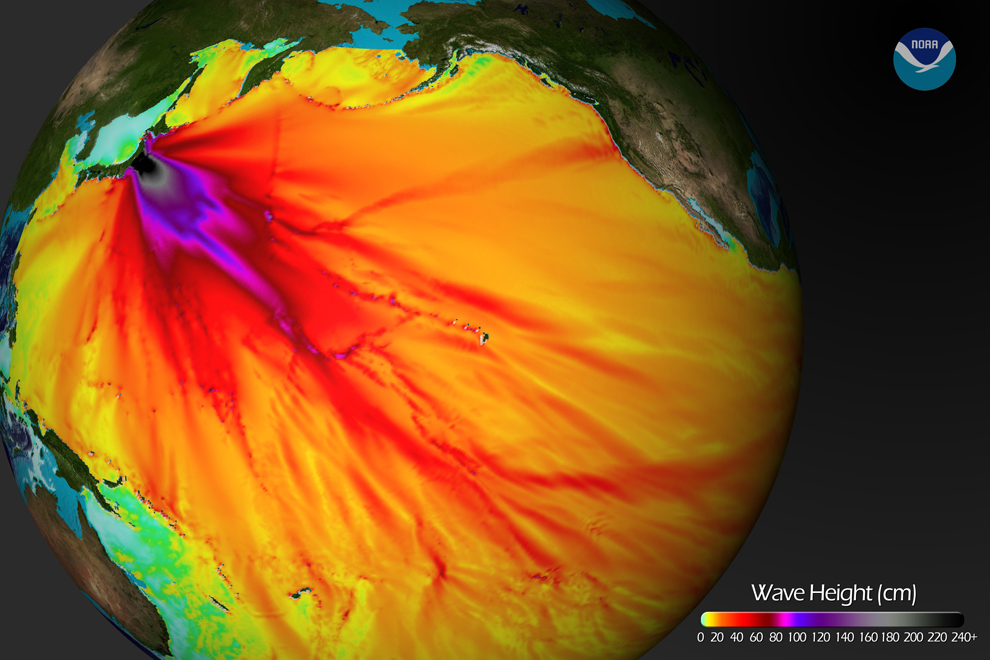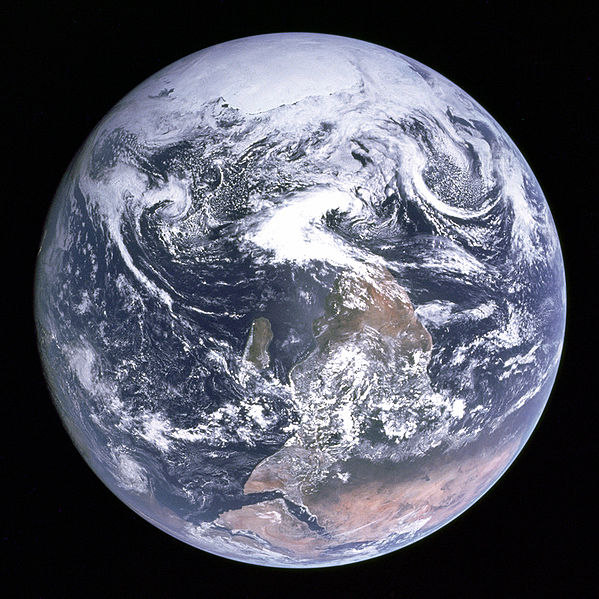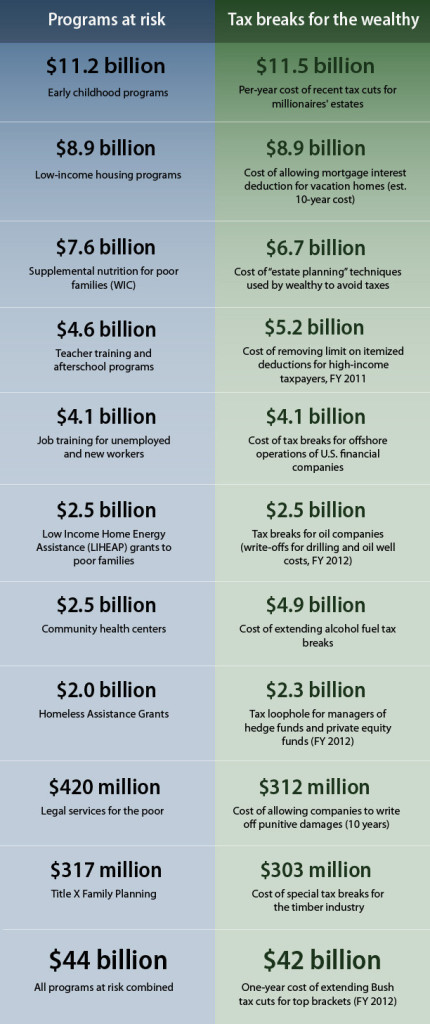Remember Cairo? It seems so long ago. What was a leap into the future has already become something retreating into the past. Back then, however, even the dark times were bright.
This image of the city ablaze with both fire and electric light may have seemed a moment more of crisis than of hope. The lights are signs of the incredible concentration and vitality of the protests, yet they are surrounded by deep shadows, as if the forces of darkness were gathering their infernal legions ready to engulf and devour those massed together in Tahrir Square. Today we know better, of course. If the democratic revolution is to be betrayed–a distinct possibility–that will occur through gradual processes of corporate cronyism and bureaucratic inertia. In the meantime, however, we can yet marvel at how the city was a vital center of human aspiration and activity. And how the revolution was an unleashing of social energy and productive power.
One reason that seems so long ago is that the Libyan revolution is much more dispersed, ragged, violent, and wasteful. Instead of the people massing in the capitol, we see insurgent soldiers walking along desert highways. Instead of high-tech interconnectivity in the urban core, we see one isolated scene after another from a vast landscape that always appears desolate. In place of an army that wisely assumed the role of referee between the regime and the people, we have a civil war. And instead of people going back to work while also throwing themselves into electoral campaigning and other reforms, we have refugees.
These men are waiting in line for food at a camp at the Tunisia-Libyan border. We see men in a line, not The People. An empty space at the center, but no public square. And instead of energy and hope, worry and the heaviness of those who know that their survival depends on vulnerably waiting, waiting, waiting with no assurance that they will ever get what they need.
There are good reasons to be drawn to the spectacle of history in the making, but this much less dramatic image is at least as representative of the political realities of our time. The line in the photograph seems to stretch endlessly, as well it could: there are roughly 40,000,000 refugees and other displaced persons in the world, most of them the victims of war. That figures includes everything from those fleeing today to second-generation residents of now permanent “camps,” and so this photo does not tell the full story. But it shows some of the truth of that story: on a planet with room for all, millions are homeless, and in a world that includes marvelous monuments to human productivity, many human beings are forced to waste much of their lives by standing in line, sitting by tents, and otherwise living in suspended animation not of their own making.
Images of human beings being being forced to do next to nothing may seem to be dull pictures, but they remind us that human beings create both cities and deserts. It remains to be seen which will outpace the other in the 21st century, or if there is anything like a middle way in a world of increasing inequity and polarization.
Photographs by Peter Macdiarmid/Getty Images and Emilio Morenatti/Associated Press.
